We use cookies to optimize our website and our service.
The technical storage or access is strictly necessary for the legitimate purpose of enabling the use of a specific service explicitly requested by the subscriber or user, or for the sole purpose of carrying out the transmission of a communication over an electronic communications network.
The technical storage or access is necessary for the legitimate purpose of storing preferences that are not requested by the subscriber or user.
The technical storage or access that is used exclusively for statistical purposes. The technical storage or access that is used exclusively for anonymous statistical purposes. Without a subpoena, voluntary compliance on the part of your Internet Service Provider, or additional records from a third party, information stored or retrieved for this purpose alone cannot usually be used to identify you.
The technical storage or access is required to create user profiles to send advertising, or to track the user on a website or across several websites for similar marketing purposes.
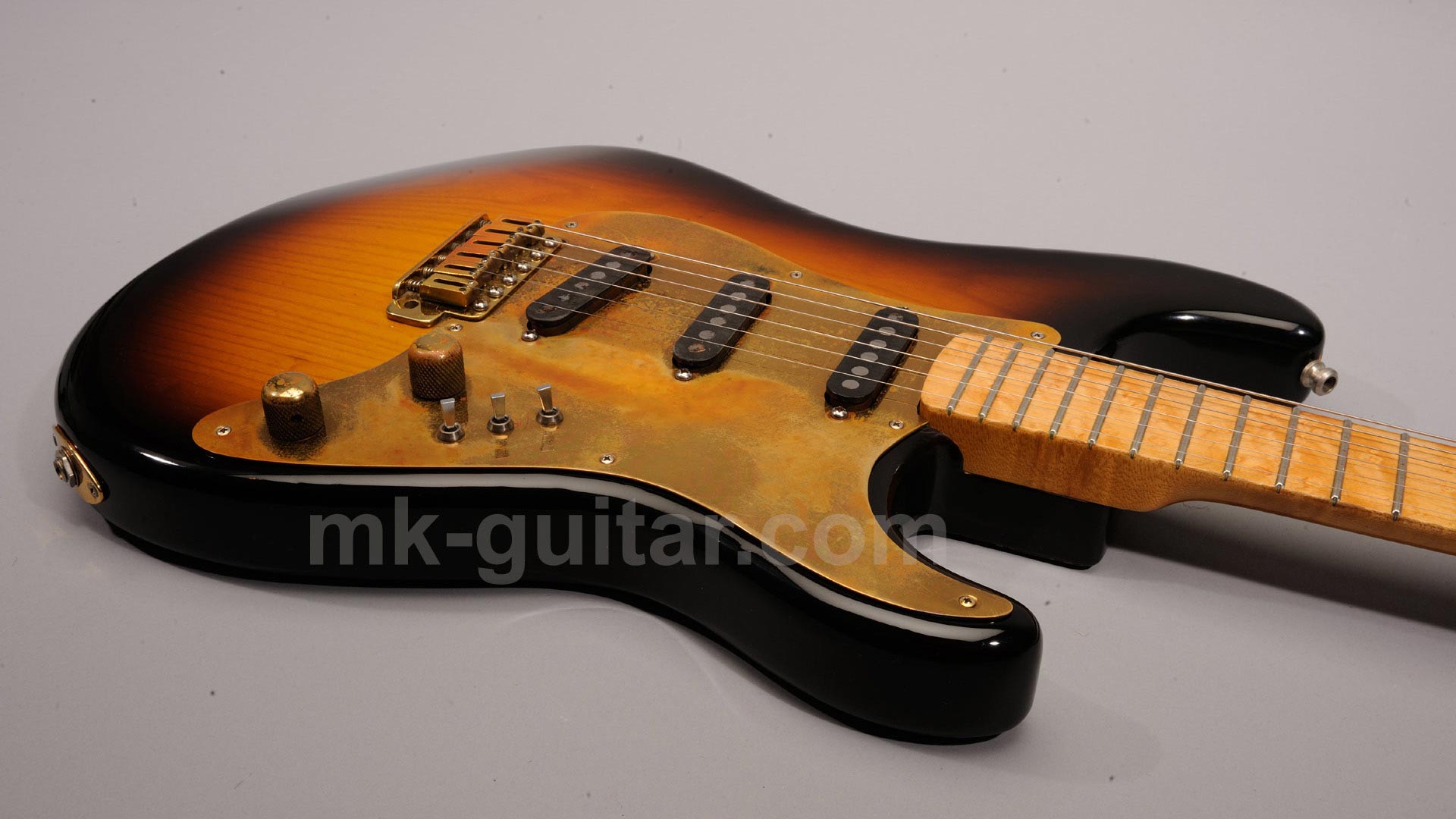
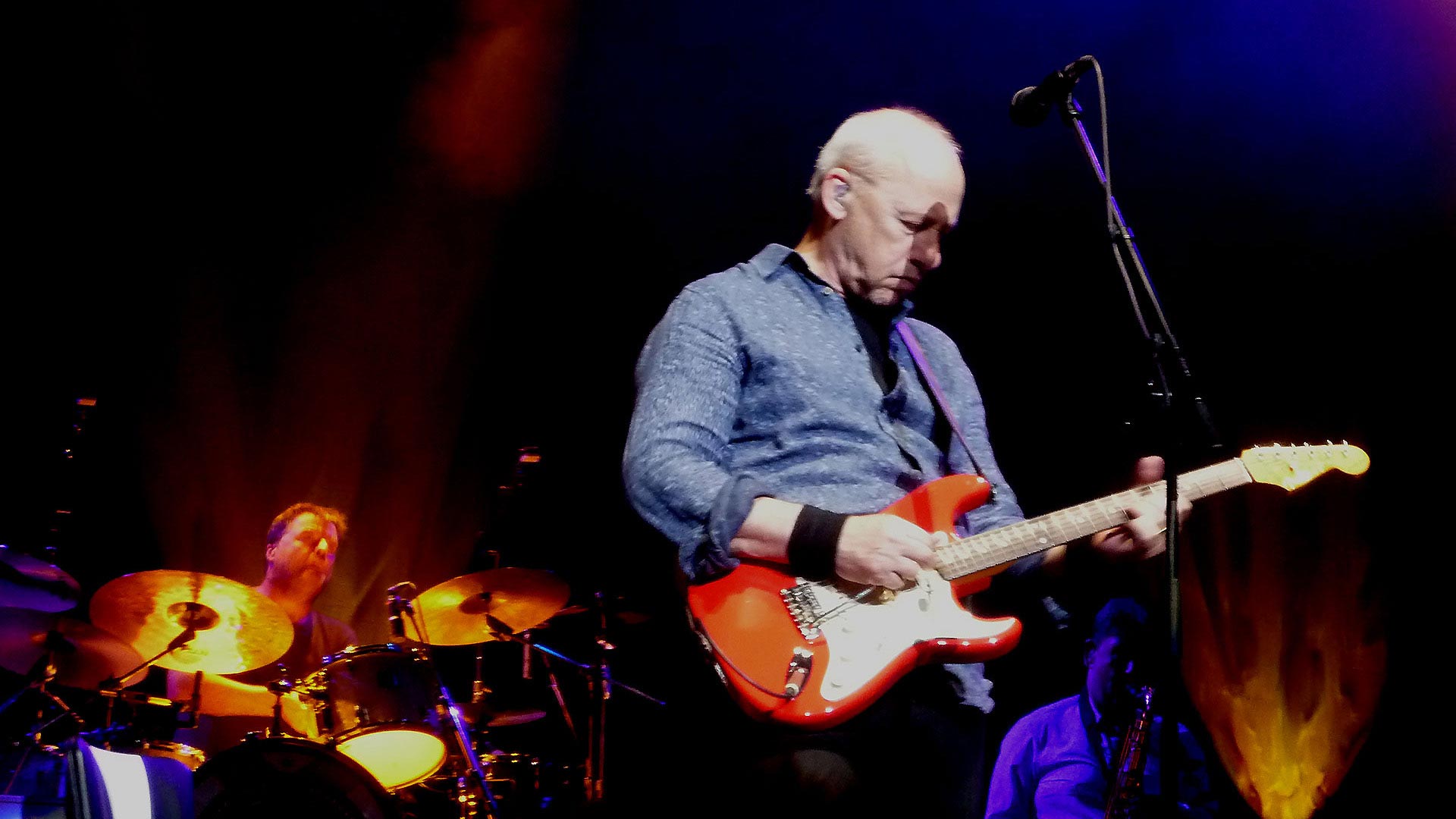
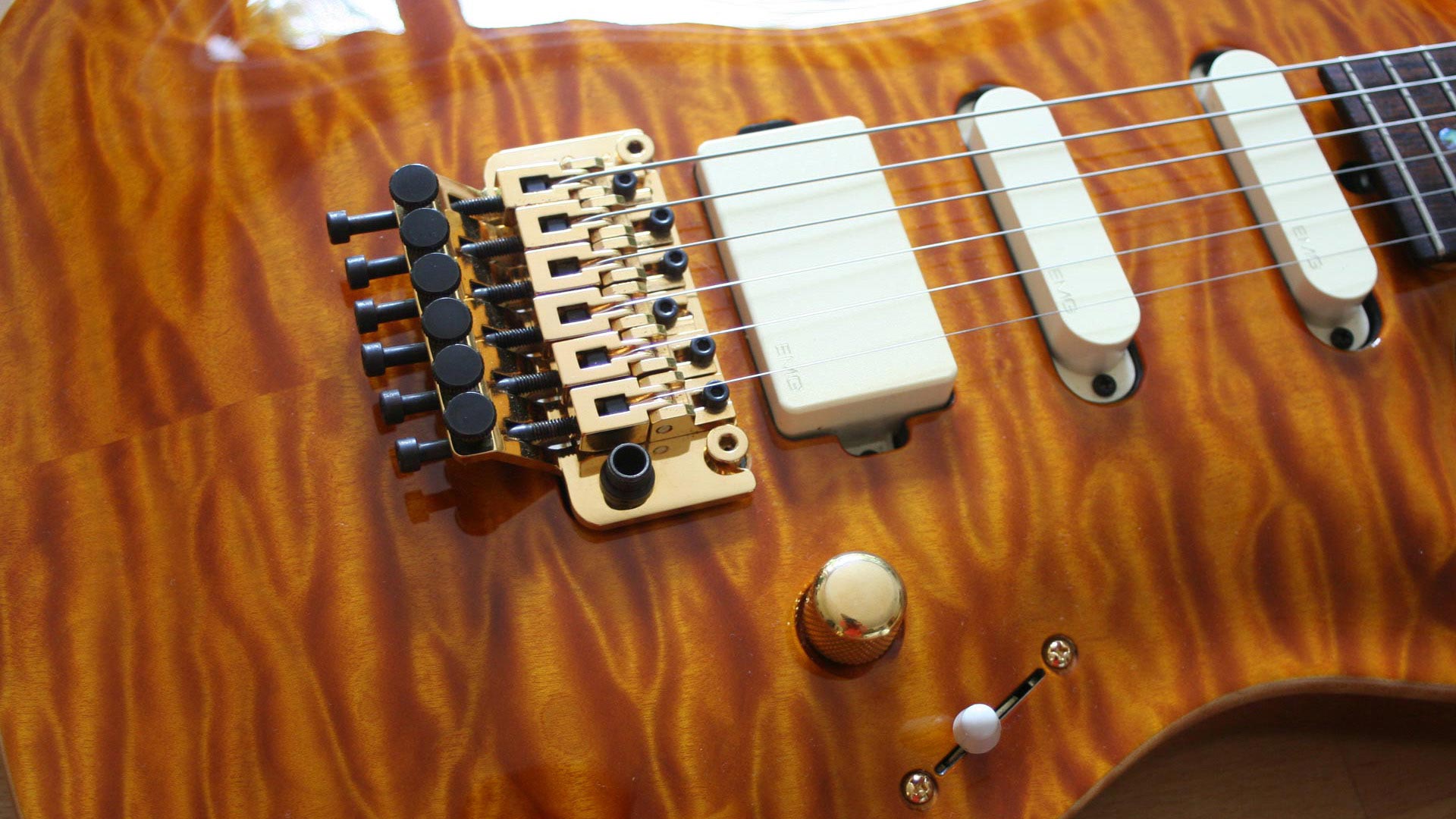
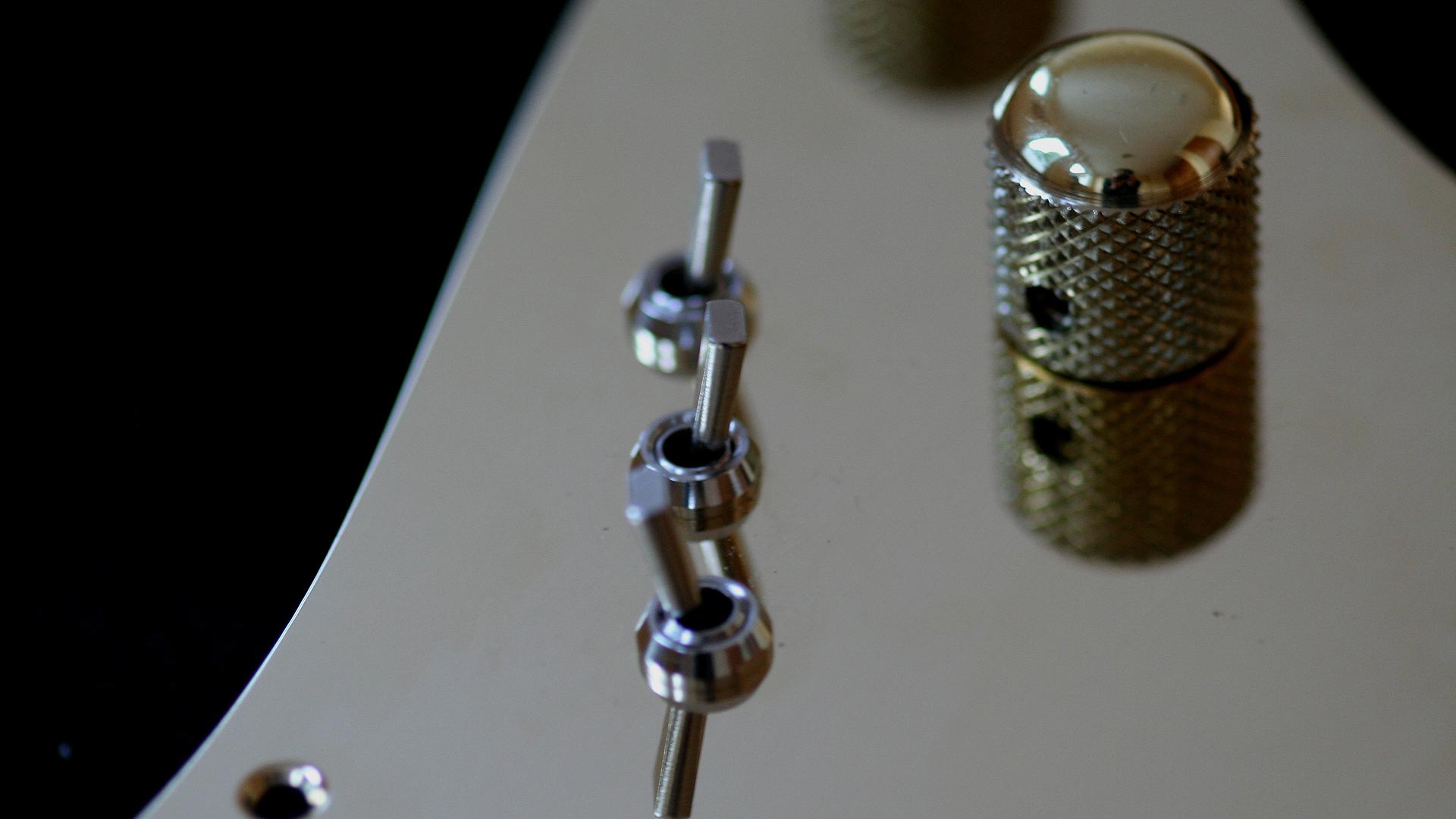
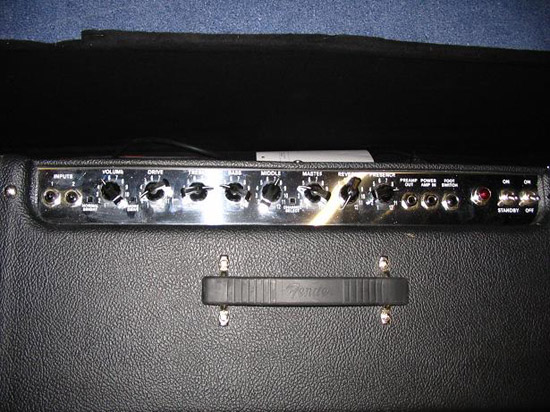





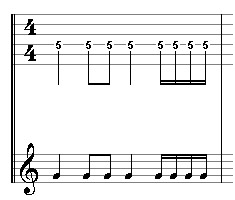

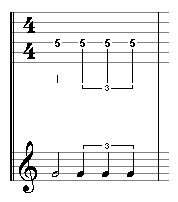

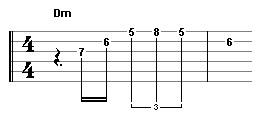
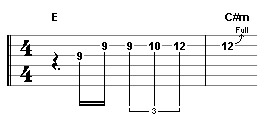

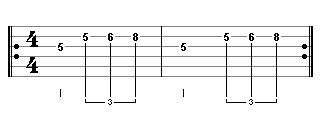
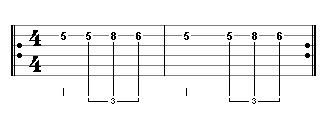
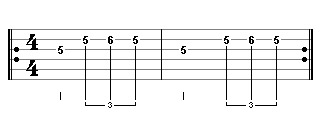
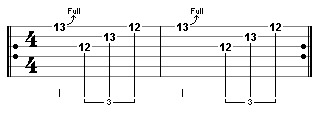
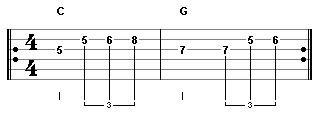
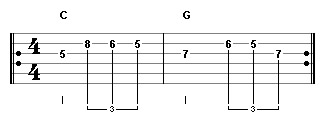
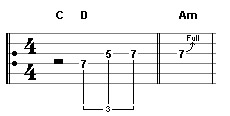
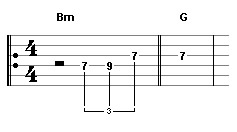

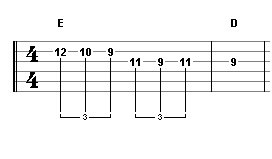


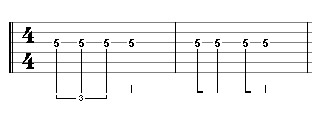
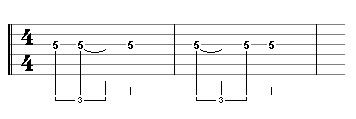
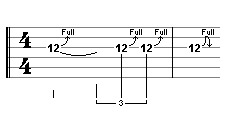
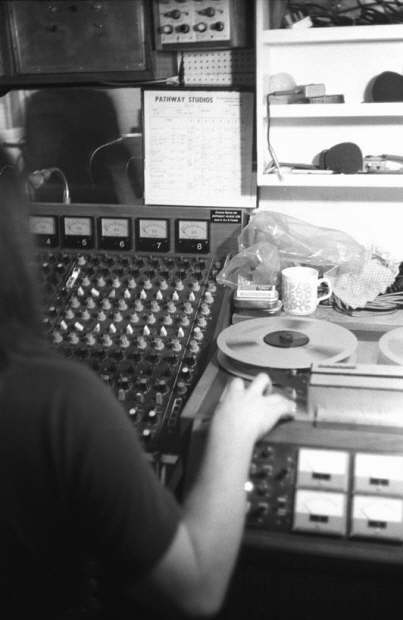
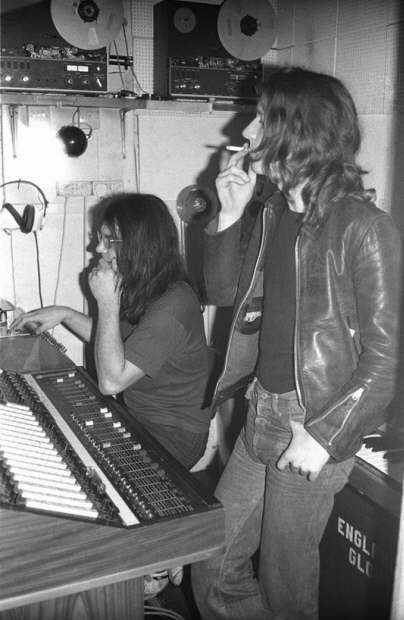
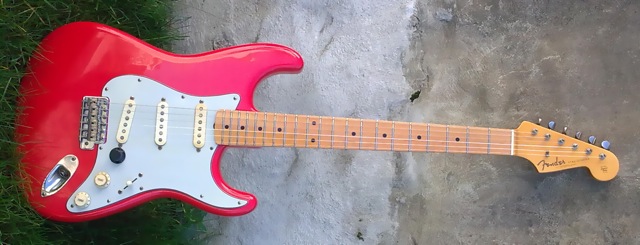
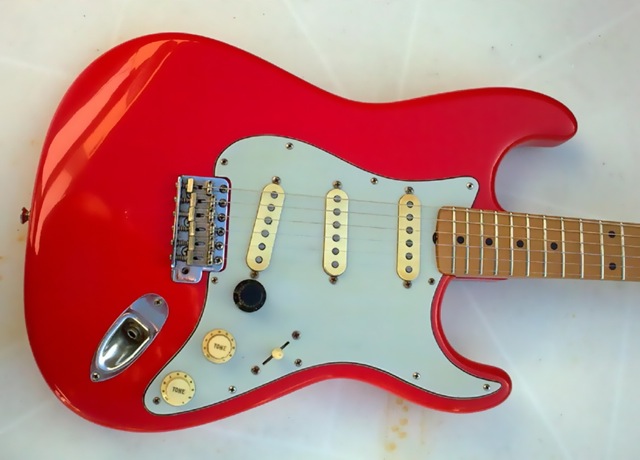
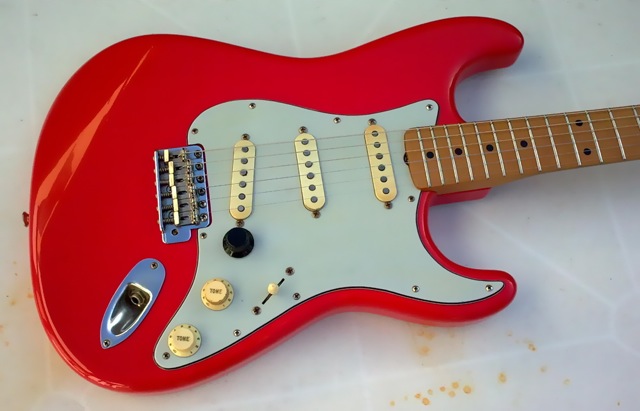
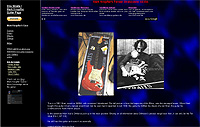
 Recently my son started to practice Tai Chi – an internal Chinese martial art that is often practiced for health reasons. Tai Chi is originally a sophisticated martial art in which you learn to control and relax your mind and your body and to win over the hard with softness this way. It is not really about fighting these days but rather about practicing ultimate principles that enable you to reach a certain state of body and mind in which you can do unbelievable things, fighting is just one of these.
Recently my son started to practice Tai Chi – an internal Chinese martial art that is often practiced for health reasons. Tai Chi is originally a sophisticated martial art in which you learn to control and relax your mind and your body and to win over the hard with softness this way. It is not really about fighting these days but rather about practicing ultimate principles that enable you to reach a certain state of body and mind in which you can do unbelievable things, fighting is just one of these.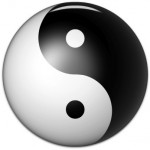 You might have heard about these: the contrast behind all aspects of life that is the cause of all changes and all movements. It is an easy but at the same time very complex philosophy. In short: nothing can exist without its counterpart, without the opposite. Applying to music and guitar playing would mean for example to leave adequate pauses between the notes you play, or contrasting loud notes with very soft, low notes (just listen to the legendary first solo of Sultans of Swing). Everything in a perfect guitar solo must be in harmony with everything else, everything must be balanced. Bass notes require a contrast of treble notes, short staccato licks should be contrasted with sustaining singing notes, and so on. I think you get the idea.
You might have heard about these: the contrast behind all aspects of life that is the cause of all changes and all movements. It is an easy but at the same time very complex philosophy. In short: nothing can exist without its counterpart, without the opposite. Applying to music and guitar playing would mean for example to leave adequate pauses between the notes you play, or contrasting loud notes with very soft, low notes (just listen to the legendary first solo of Sultans of Swing). Everything in a perfect guitar solo must be in harmony with everything else, everything must be balanced. Bass notes require a contrast of treble notes, short staccato licks should be contrasted with sustaining singing notes, and so on. I think you get the idea.